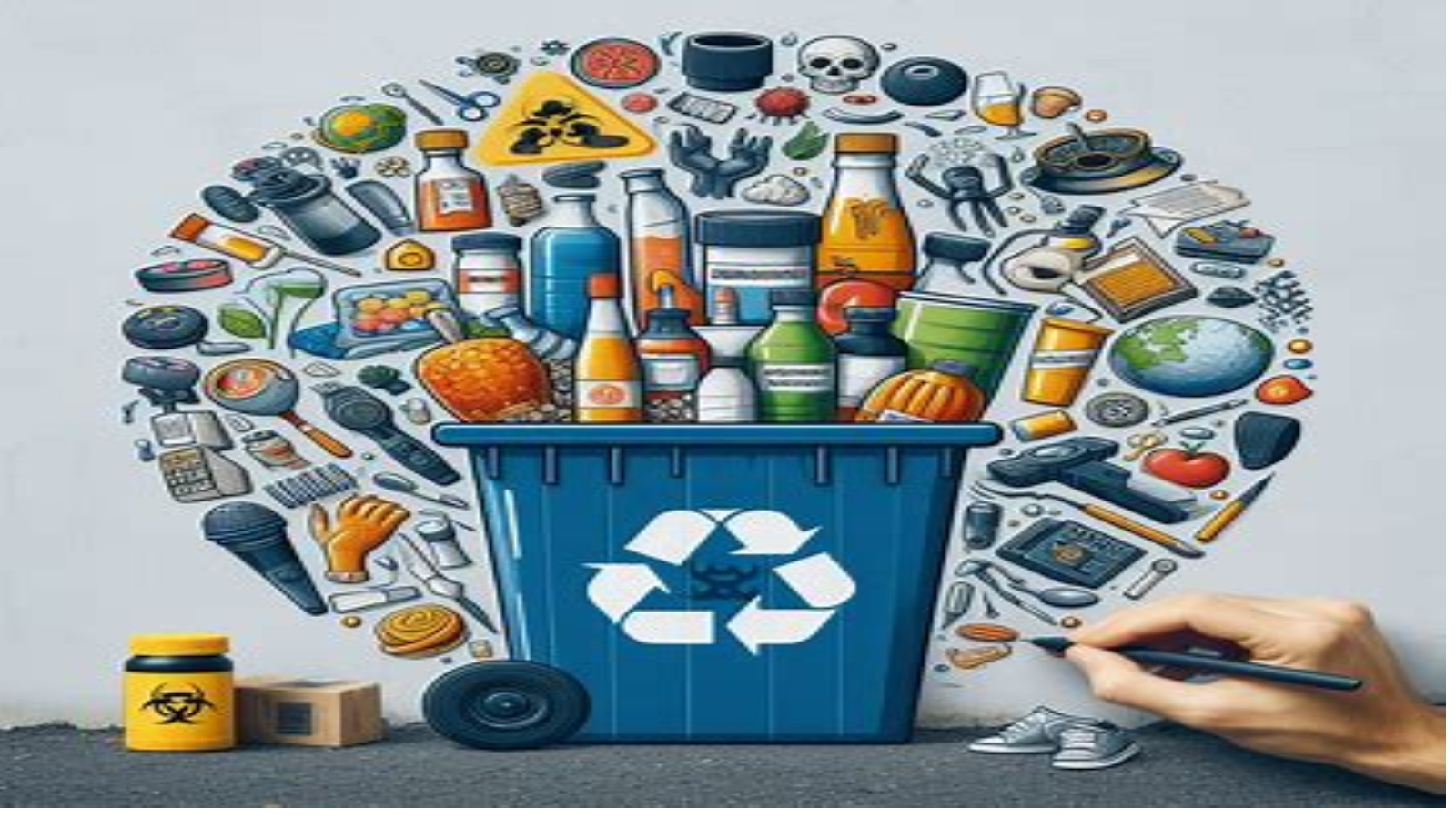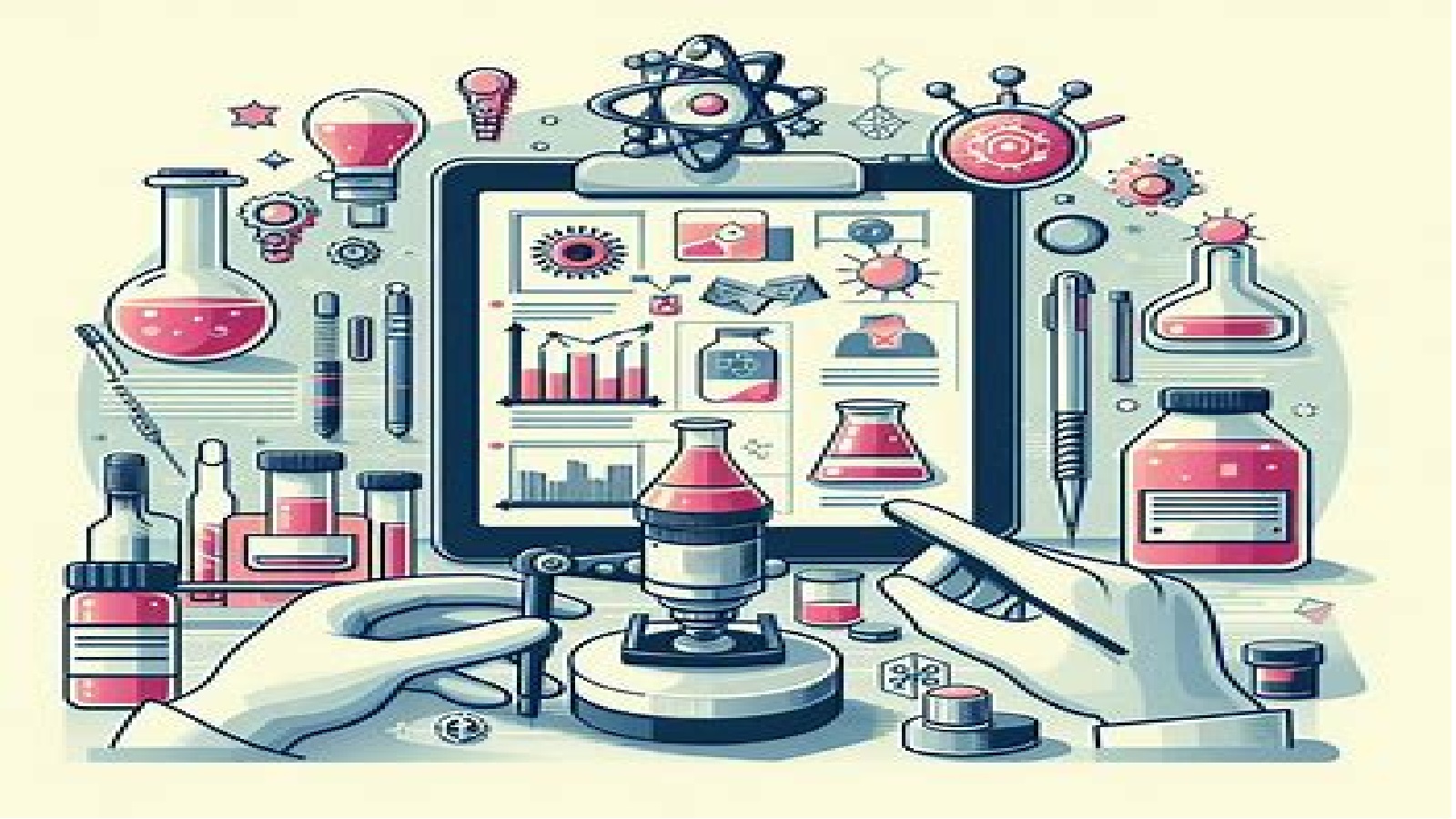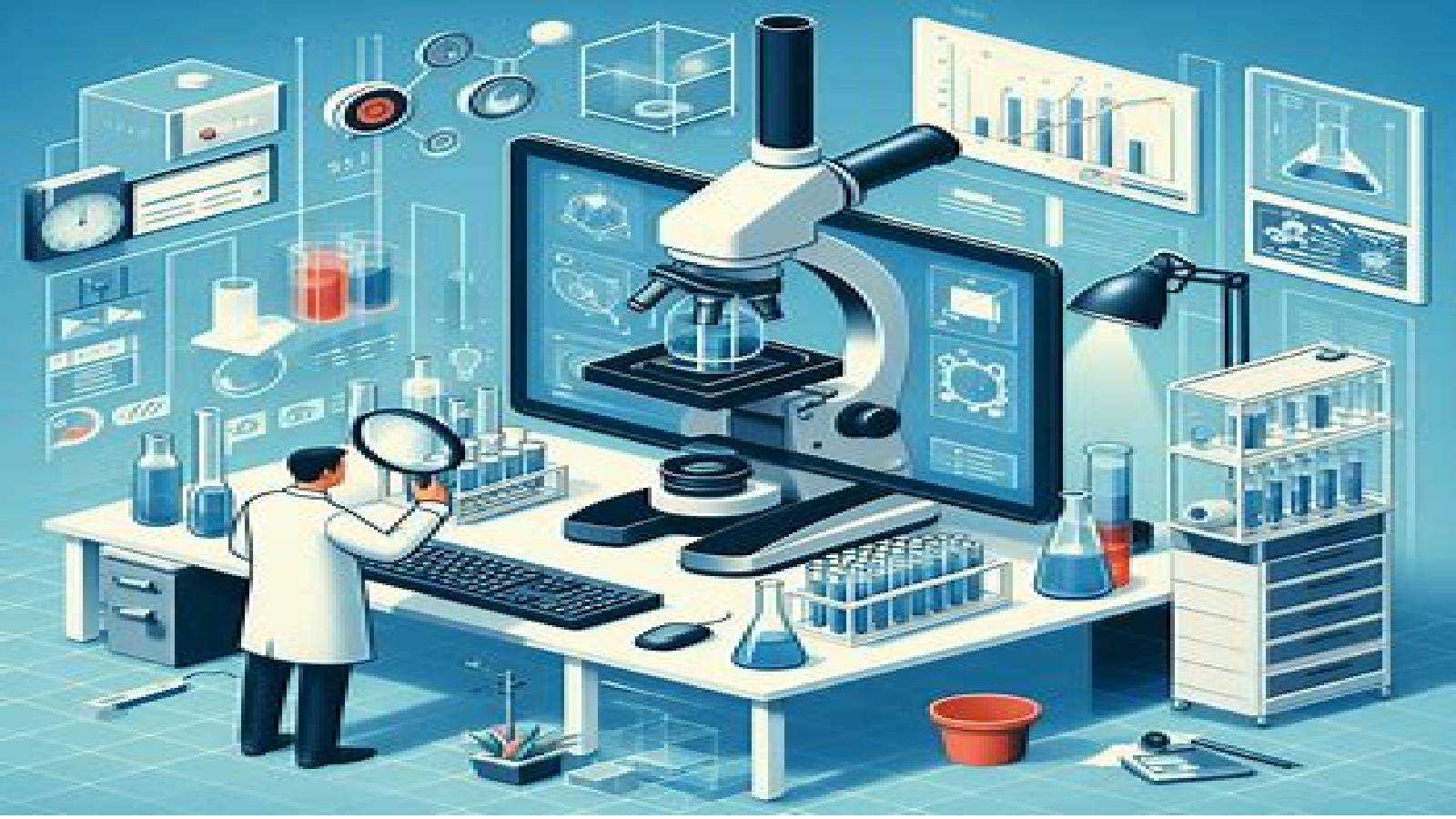1. Purpose
The purpose of this SOP is to establish a standardized procedure for the safe, efficient, and compliant disposal of expired products to ensure environmental safety and regulatory compliance.
2. Scope
This procedure applies to all departments and personnel involved in the handling, storage, and disposal of expired products within the organization.
3. Definitions
- Expired Products: Items that have surpassed their designated shelf life and are no longer suitable for use or sale.
- Waste Disposal Contractor: A certified external entity responsible for the proper disposal of waste materials.
4. Responsibilities
- Department Managers: Ensure compliance with this SOP within their respective departments.
- Warehouse Staff: Identify, segregate, and document expired products.
- Environmental Health and Safety (EHS) Team: Oversee the disposal process and ensure adherence to environmental regulations.
- Waste Disposal Contractor: Handle the collection, transport, and final disposal of expired products.
5. Procedure
5.1 Identification of Expired Products
- 5.1.1 Review inventory records regularly to identify products nearing expiration.
- 5.1.2 Mark products with less than three months to expiration with a color-coded label for easy identification.
- 5.1.3 Conduct monthly audits to identify expired products in storage areas.
5.2 Segregation and Documentation
- 5.2.1 Segregate expired products from active inventory to prevent accidental use.
- 5.2.2 Record details of expired products including product name, batch number, quantity, and expiration date in the Expired Products Log.
- 5.2.3 Notify the EHS team and the waste disposal contractor of the need for disposal.
5.3 Preparation for Disposal
- 5.3.1 Package expired products in suitable containers to prevent spillage or contamination.
- 5.3.2 Label containers with the following information:
- Product name
- Expiration date
- Hazard classification (if applicable)
- 5.3.3 Store packaged expired products in a designated, secure area until disposal.
5.4 Disposal Process
- 5.4.1 Schedule a pickup with the certified waste disposal contractor.
- 5.4.2 Ensure the waste disposal contractor provides proper documentation, including a waste manifest and proof of disposal.
- 5.4.3 Supervise the handover of expired products to the waste disposal contractor to ensure compliance with safety and regulatory requirements.
5.5 Record Keeping
- 5.5.1 Maintain records of all expired products disposed of, including:
- Expired Products Log
- Waste manifests
- Certificates of disposal
- 5.5.2 Review and update records quarterly to ensure accuracy and completeness.
6. Compliance and Monitoring
- 6.1 Conduct regular internal audits to ensure adherence to this SOP.
- 6.2 Review disposal records and practices during audits to identify areas for improvement.
- 6.3 Report non-compliance or irregularities to senior management for corrective action.
7. Training
- 7.1 Provide training to all relevant personnel on the identification, handling, and disposal of expired products.
- 7.2 Conduct refresher training annually or when there are changes to the SOP or regulatory requirements.
8. Safety Considerations
- 8.1 Ensure personnel handling expired products wear appropriate personal protective equipment (PPE).
- 8.2 Follow all safety protocols to prevent exposure to hazardous materials.
- 8.3 Immediately report any spills, leaks, or accidents to the EHS team.
9. References
- 9.1 Local and national regulations on waste management.
- 9.2 Industry best practices for the disposal of expired products.
- 9.3 Company policies on environmental health and safety.
10. Revision History
- 10.1 Document all revisions to the SOP, including the date of change and a summary of modifications.
- For more articles, Kindly Click here.
- For pharmaceutical jobs, follow us on LinkedIn
- For Editable SOPs in word format contact us on info@pharmaceuticalcarrier.com
- For more information kindly follow us on pharmaguidelines.co.uk





